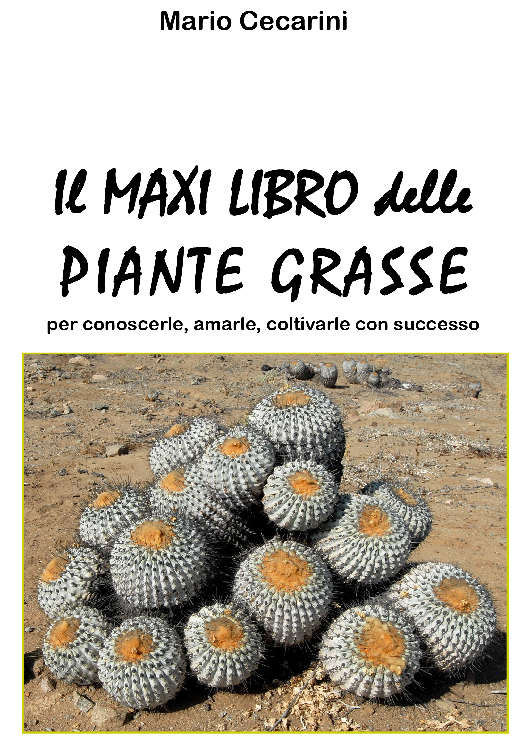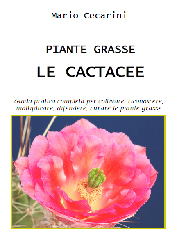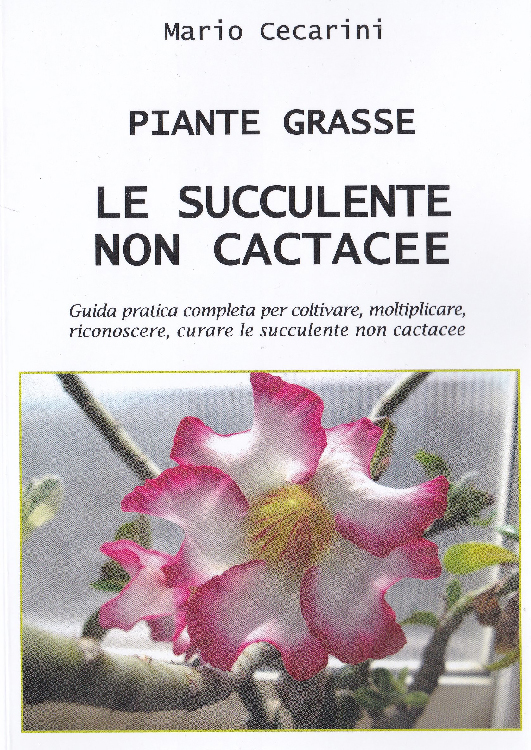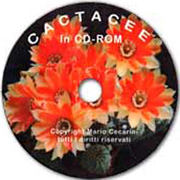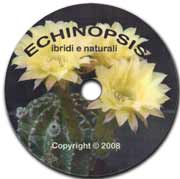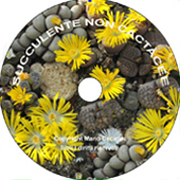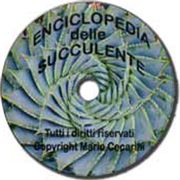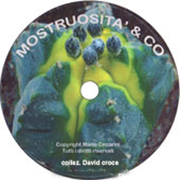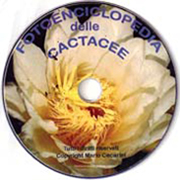 They have been classified by the European Community into seven toxicity categories: T+ = very toxic; T = toxic; Xn = harmful; Xi = irritant; F = highly flammable; O = oxidizing; N/C = not classified. Toxicity is expressed as L.D. 50 (lethal dose administered to rats via oral route measured in milligrams per kilogram of body weight). You might need to get a license to use certain substances.
They have been classified by the European Community into seven toxicity categories: T+ = very toxic; T = toxic; Xn = harmful; Xi = irritant; F = highly flammable; O = oxidizing; N/C = not classified. Toxicity is expressed as L.D. 50 (lethal dose administered to rats via oral route measured in milligrams per kilogram of body weight). You might need to get a license to use certain substances.
Some may be toxic, mutagenic or carcinogenic. An active principle can be commercialised under different names.
According to the way the substance is delivered into the plant body, chemical products are grouped into the following categories:
- Contact products (or protectants): they are active only on the plant surface and do not penetrate into tissues.
- Cytotropic products: the substance penetrates only partially and is not translocated into the vascular system.
- Cytotropic-translaminar products: penetration occurs at a deeper level and the substance reaches the opposite side of the leaves.
- Systemic products: they are absorbed into the plant tissues and transported via the vascular system to cells throughout the plant.
Notes about some phytosanitary products.
- Inorganic fungicides (copper and its derivatives, sulphur) have a broad-spectrum activity and high persistence; they act as an exterior shield that hinders direct penetration by fungi although, under certain conditions, they might stop plant growth. Sulphur exerts its action attacking the pathogen’s cell membrane and is particularly effective against powdery mildew. It should be applied when temperatures stay between 12 and 28°C (54/82°F); avoid using it on Cucurbits as it is harmful to them.
- Contact and protectant fungicides such as carbamic acid derivatives (zineb, maneb, mancozeb, metiram, propineb as well as ziram and thiram) are less harmful to plants than copper fungicides; they inhibit fungal respiration and are successful against Helminthosporiosis, Monosporiosis, Septoriosis, Anthracnosis and root rots. They lose efficacy after 8 to 10 days.
- Carbamate, organonitrogenous and aromatic ester compounds containing Benfuracarb such as Oncol® and Furacon® have a systemic action and should be used at the beginning and at the end of the growing season as soil disinfestants.
- Derivatives of terephtalic acid (captan) are broad-spectrum pesticides exerting their action on enzymes and on the Krebs cycle.
- Dicarboximides (iprodione etc.) are quite effective against Rhizoctonia, Alternaria and moulds, especially if combined with thiram.
- Guanidine derivatives (dodine) are usually employed against various pathogenic fungi.
- Systemic fungicides like benzimidazole derivatives (benomyl, carbendazim, thiabendazole, methyl thiophanate, etc.) have preventive (protectant) and curative (eradicants) properties, a broad-spectrum activity and good sistemicity; they are also able to protect the new growth that has developed after the treatment. These substances are taken up by roots and quickly transported to the aerial parts. They are active against Alternaria, Septoriosis, Anthracnosis, Coniothyrium, rusts, Fusariosis, rots and moulds. However, only a single point mutation in a particular gene is needed for the pathogen to completely neutralise the activity of these chemicals therefore it is always better to mix them with a contact fungicide.
- Phenylamides are both protectants and eradicants but they too give rise to resistant strains.
- Carbamates (propamocarb) are used as soil disinfestants and against collar rot.
- Thiadiazoles (etridiazole) are useful in disinfecting the soil and work well as protectants for seedlings.
- The group of Triazole fungicides is comprised of a number of chemicals among which is Penconazole, an effective treatment against many fungi.
- Chinosol applied to the seedbed might delay germination so it is best used after the seedlings have emerged from the soil.
- Emulsionated mineral oils, mixed with phosphoric esters, are usually recommended as good contact insecticides against planthoppers, scale insects and mealy bugs as well as mite eggs. Avoid applying the product during the warmer months and don’t let it come into contact with the soil as this might cause root asphyxia.
- Organophosphate insecticides (malathion, diazinone, dimetoate, parathion, etc.) should not be used on Crassulaceae or any other plant whose leaves have a hairy or waxy covering if you don’t want to spoil their beauty. Due to its toxicity, dimetoate has been banned in many countries.
BIOLOGICAL CONTROL AND NATURAL REMEDIES
Unfortunately biological control, which avails itself of natural enemies of insect pests, is little help to the amateur grower owning a small greenhouse because of the difficulty of identifying the pest accurately and creating a balance between the insect and its natural predator, the expertise that this requires and lastly the higher costs. In larger greenhouses, important collections and botanical gardens biological solutions can be profitably employed within an integrated pest control program which combines different strategies such as hygiene, phytosanitary protection, environmental monitoring, the use of highly targeted chemicals and so on. You might find it useful to refer to the Phytosanitary Index published by A.C.T.A.
To fight mealybugs the lady beetle Cryptolaemus monstrouzieri is generally released in association with Leptomastix dactylopii, Kaladiplosis floridiana, Anagyrus sp.; an alternative might be Nephus riunion or Scymmus (also useful against aphids). In large greenhouses pest control is achieved introducing antagonists like Allothrombium fuliginosum, Rodolia cardinale, Chilocorus bipustulatus.
Scale insects belonging to the genus Diapsis (Diapsis echinocacti - cactus scale) are usually fought with control agents like Aspidiotus nerii.
On the other hand there seems to be no specific predator for root mealy bugs.
Aphids of the genera Aphis gossypii and nerii are attacked by the Hymenoptera Aphelinus abdominalis and Lysiphlebus testaceipes.
Larvae of thrips are preyed on by the mite Neoseiulus cucumeris which, however, is less active in the peak heat of summer.
The red spider mite (Tetranychus urticale) can be controlled with the help of the predatory mite Phytoseiulus persimilis, although this treatment generally has a slow response time, and Amblyseius californicus, which on the other hand may not survive low winter temperatures.
The amateur growers can more easily and profitably employ these other natural remedies:
Ants, which feed on honeydew and favour the proliferation of mites, scale insects and aphids, can be managed by using poison baits prepared mixing honey with avermectin, a natural insecticide which does not pose significant risk to man or the environment and leaves no traces.
Against aphids and mites use a potassium soap like Marseille soap (50 gr. per litre of water with a neutral pH). Alternatively you might use nicotine (macerate a few cigarette butts until the solution turns a tea-like colour then filter it) or garlic (boil a whole head in 500 cc. of water until soft, then filter).
Infestations of scale insects and citrus flatid planthopper can be treated using a solution of water and Marseille soap (50 gr. per 100 cc.) additioned with 900 cc. of denaturated alcohol.
Naturalis, a bioinsecticide based on the fungus Bauveria bassiana, is effective against white flies, red spider mite, aphids and thrips; spread the product over affected parts. The insects die from dehydration. It is commercialised as oil suspension which is harmless to man and the environment including pollinating insects. Moreover it leaves no trace on plants so no withholding period has to be observed.
The following substances are known to have antiseptic properties, sometimes both antibacterial and antimicotic, especially if used preventively.
Horsetail (Equisetum sp.): an anticryptogamic useful against fungal diseases (rusts, blackspot, anthracnosis) which also stimulates the plant biological processes. Preparation: leave a spoonful of powdered product to macerate in a litre of water for two or three days. After that boil it for approximately 20 minutes then filter. Use: mix one part of the solution with three parts of water before spraying plants.
Propolis extract: it is a natural antibiotic that inhibits the growth of moulds and bacteria and has disinfecting and wound healing properties. Preparation: add 50 drops per litre of water and apply it on cuts, wounds, graft joints or use it to drench the seedbed. Soy lecitine is often added to the mixture (one tablespoon per litre).
Grapefruit extract: effective against fungi, bacteria, viruses, collar rot. Preparation: 30 drops per litre of water, with the addition of 10 drops per litre of cypress essential oil and 30 drops per litre of propolis hydroalcoholic extract.
Essential oils: they have antiseptic properties, especially the ones extracted from thyme, cypress and pine. Use: these mild insecticides are effective against the eggs of mealy bugs, white flies, mites and several other insects. Preparation: mix 15 grams in one litre of water adding one teaspoon of Marseille soap.
Sodium bicarbonate: it has antifungal action. Preparation: one teaspoon per litre of water with the addition of an essential oil.
Sodium silicate: it is an insecticide, acaricide and fungicide used to fight mealy bugs, mites, downey mildew, powdery mildew. The parasite dies from cell dehydration. It is sold as aqueous solution of sodium tetrasilicate (38/40° Bé). Dosage: 30 gr/lt of water in the winter; 10 gr/lt in the growing season.
Bitter Quassia: an aphicide insecticide with repellent activity whose characteristics are similar to those of pyrethrum although is not harmful to man, pets and pollinating insects. It is useful against aphids, sawflies, psyllids, codling moth, olive moth. It is commercialised in the form of 15% acqueous solution; dissolve 7 grams in one litre of water.
Azadirachtin: an insecticide and repellent capable of inhibiting insect growth, reequilibrating the soil microflora and killing roundworms. It is available as 15% aqueous solution of Azadirachta indica: mix 10 grams per litre of water and add 7 gr. of sodium silicate.
Nettle: a phytostimulant insecticide with a high content of formic acid, salicylic acid, iron and micronutrients. It acts as a repellent against mites and various insects. It is sold as 15% aqueous solution of Urtica dioica (stinging nettle) and Urtica urens (dwarf nettle); mix 7 grams per litre of water with the addition of a teaspoon of Marseille soap and apply during the growing season.
Wormwood (Artemisia sp.): it acts as biorepellent against ants and ground dwelling insects. Sprinkle some of the powder around the stem and on the root collar once a month.
Copper sulphate: it is an anticryptogamic with antifungal action, effective against alternariosis, cladosporiosis, cankers, blackspot, downey mildew, coryneum blight. Mix 15 grams per litre of water and apply during autumn or winter.
ENDOTHERAPY (low environmental impact treatment)
It is a method for treating plants by means of systemic products which are transferred into the plant vascular system. This way the substance is not washed off the plant and dispersed in the environment and you should only need to treat once or twice a year. They can be applied in irrigation water or, if the plant is a tree, injected into the trunk with a similar procedure to that followed in intravenous therapy.
Presently, the registered systemic products are: Acephate, against scale insects; Imidacloprid, against aphids and scale insects; Methomyl, against aphids; Thiabendazole, a wide-spectrum fungicide.








